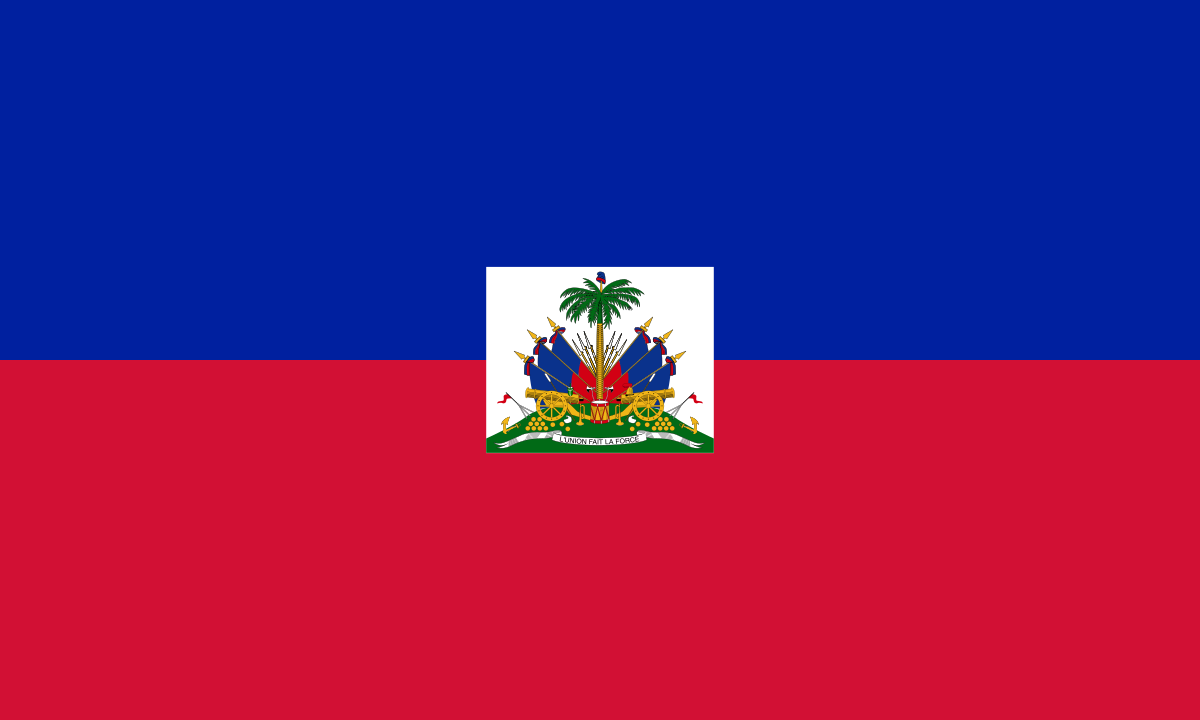Faustin I

In 1843 the eastern, Spanish speaking parts of the island declared full independence and established the separate Dominican Republic. The western parts of the island continued as the Republic of Haiti under the control of French speaking mulattos. Relations were far from peaceful and intermittent warfare between these two states continued for most of the century.
The mulattos attempted to paper over the rift between themselves and the blacks by appointing a series of aged black military officers to the Presidency. They believed that they could control affairs behind the scenes while having a figurehead accepted by the blacks as one of their own. In 1847 they plumped for Faustin Soulouque, an officer of the Presidential Guard, believing him to be a pliable puppet. Within two years however, he succeeded in establishing a new constitution, which revived the monarchy for the third time. Soulouque was proclaimed as Emperor Faustin I in 1849 and was crowned in an opulent ceremony at Port-au-Prince three years later. He revived the nobility on a larger scale than King Henry I and founded four orders of chivalry. However, he ruled as a virtual dictator, ignoring parliament, popular opinion and the powerful mulatto oligarchy.

